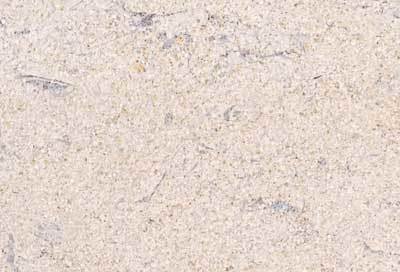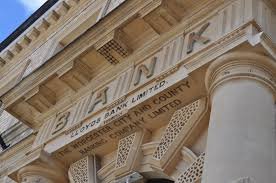Bath stone
Bath stone has a mellow honey colour to it, giving it a warm look, and a less harsh look than most stones.
Bath stone Top Bed:

Supplier: Parkland (underground) Quarry. Corsham, SN13 9TW
Bath stone Base Bed:

Supplier: Parkland (underground) Quarry. Corsham, SN13 9TW
All our stone is sourced from natural stone quarries and our stonemasonry is all hand cut using traditional hammer and chisels.
Bath stone use in buildings
 This limestone is one of the most popular and well known stones from buildings like the Royal Crescent
in Bath and the city of Bath in general. It also adorns many churches in Southern England, as well as houses.
It is a ‘freestone’, easy to cut and carve due to its structure. Stone like Slate can only be cut according to
their structure as they form distinctive layers that you have to work with. This limestone is consistent in
colour throughout, although it does have a high possibility of fossils embedded and a possibility of fine veining.
All these add to the natural, more un-uniformed look.
This limestone is one of the most popular and well known stones from buildings like the Royal Crescent
in Bath and the city of Bath in general. It also adorns many churches in Southern England, as well as houses.
It is a ‘freestone’, easy to cut and carve due to its structure. Stone like Slate can only be cut according to
their structure as they form distinctive layers that you have to work with. This limestone is consistent in
colour throughout, although it does have a high possibility of fossils embedded and a possibility of fine veining.
All these add to the natural, more un-uniformed look.
Stone synopsis:
Price:
Price for delivered quarried stone: £
Price per letter carved: £
Difficulty to carve:
Easy to carve. Getting fine detail is difficult as up close it has a rough texture, hence why it is not used on Headstones or Plinths with fine detailed carving/writing.
Use:
Traditional stonemasonry. The strongest and most resistant grades would be used for structural and architectural features.
Durability:
Degradation of 3-4mm every hundred years
Quarry (underground) location: East of Bath, triangle from Bath to Bradford-upon-Avon in NE to Corsham in SE. Essentially the majority comes from Corsham, near Chippenham. Supplier: Parkland Quarry.
Tips:
Do not use Portland grey cement to set the stone. Alkalis in the cement can strip out organic materials naturally contained by the stone, resulting in strong brown discoloration.
Pros:
Easy to carve, Popular colour
Cons:
Not good for fine detail, a slight rough texture. Can not be underground in waterlogged ground, as will discolour (brown), as water will permeate as it is a limestone.